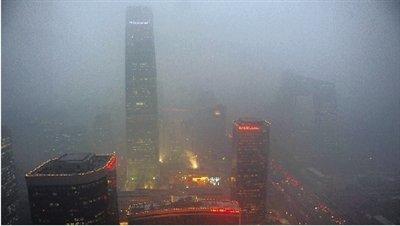This is News Plus Special English. I'm Marc Cavigli in Beijing. Here is the news.
China's 31 provinces have been set targets to reduce main air pollutants by 5 to 25 percent, in the country's latest effort to combat pollution.
Among these provincial-level regions, including municipalities and autonomous regions, eleven were given PM2.5-reducing tasks, including an annual 25 percent decrease, the highest, for Beijing and neighboring Tianjin municipality and Hebei Province.
Shanghai and the provinces including Jiangsu and Zhejiang in eastern China will have to cut the indices by 20 percent, followed by 15 percent for Guangdong in southern China and Chongqing in southwest China, and 10 percent for Inner Mongolia Autonomous Region.
PM 2.5 refers to airborne particles measuring less than 2.5 micrometers in diameter, while PM10 gauges particulate matter fewer than 10 microns in diameter. Both are the main pollutes on the country.

Various other measures include reducing the use of coal, eliminating outdated industrial capacity as well as better management and control of heating boilers, vehicles and dust.
In related development, in the relatively more polluted northern China, Beijing reported almost 60 days of heavy air pollution last year or roughly one heavy pollution day in every six days.
Despite pledges in the last year to fight pollution, Beijing saw barely any improvement in air quality in 2013.
The intensity of major air pollutants remained much the same last year as they were in the previous year.
Figures released by the Beijing Environmental Protection Bureau indicate the city's average PM2.5 level more than doubled the national standard.
The city authorities began to monitor and publish PM2.5 levels last year.
PM2.5 was found to be the major pollutant, accounting for almost 80 percent, on most smoggy days.












